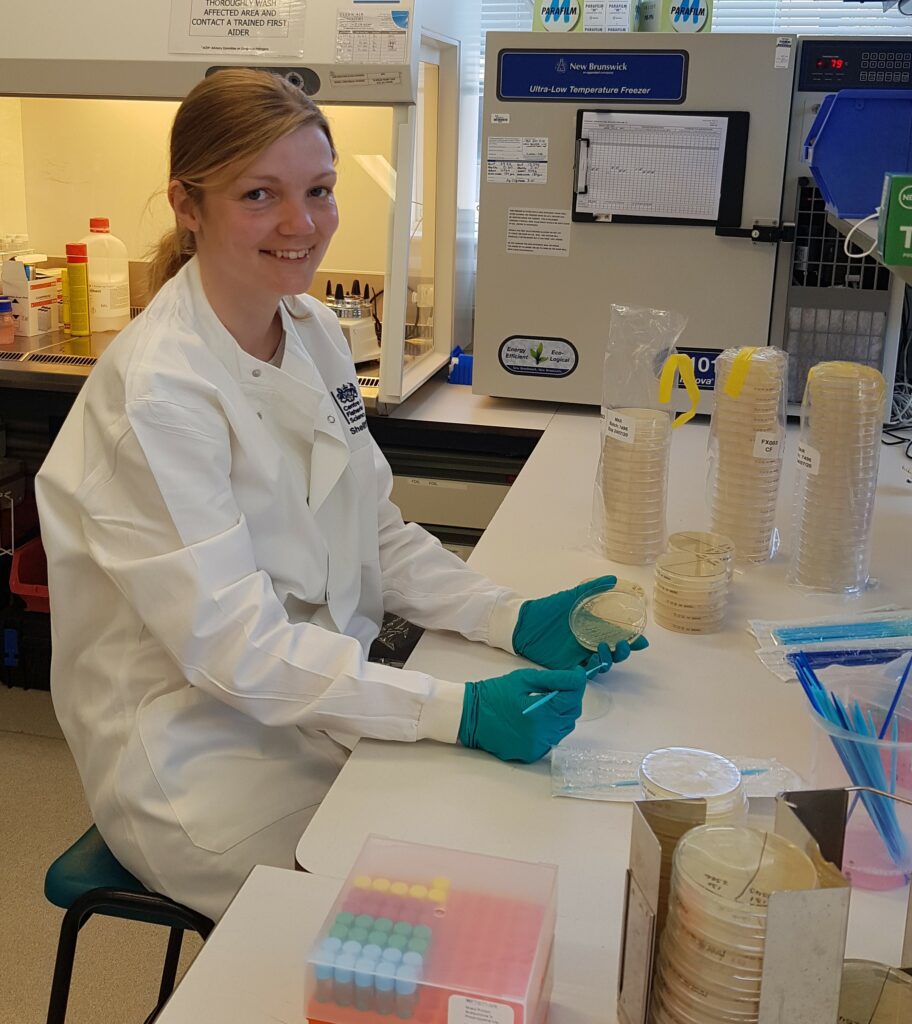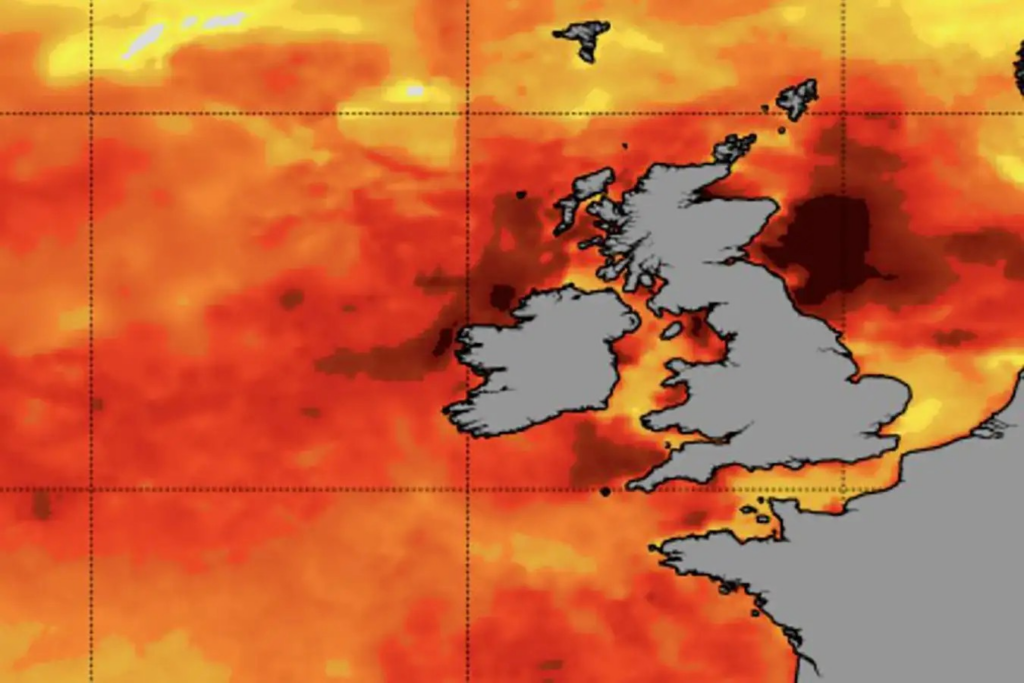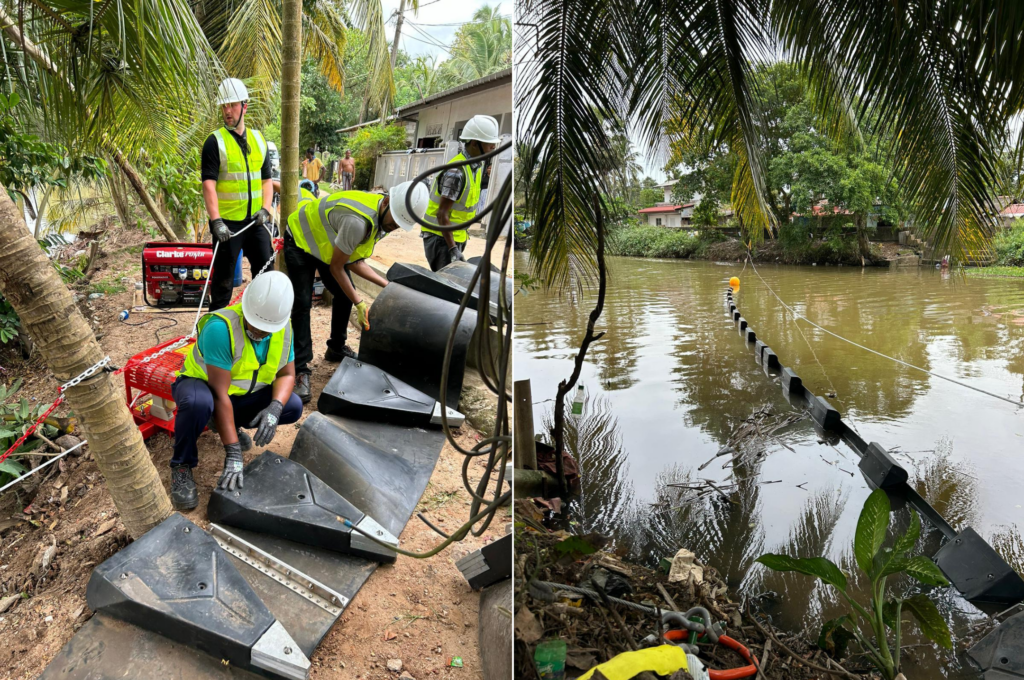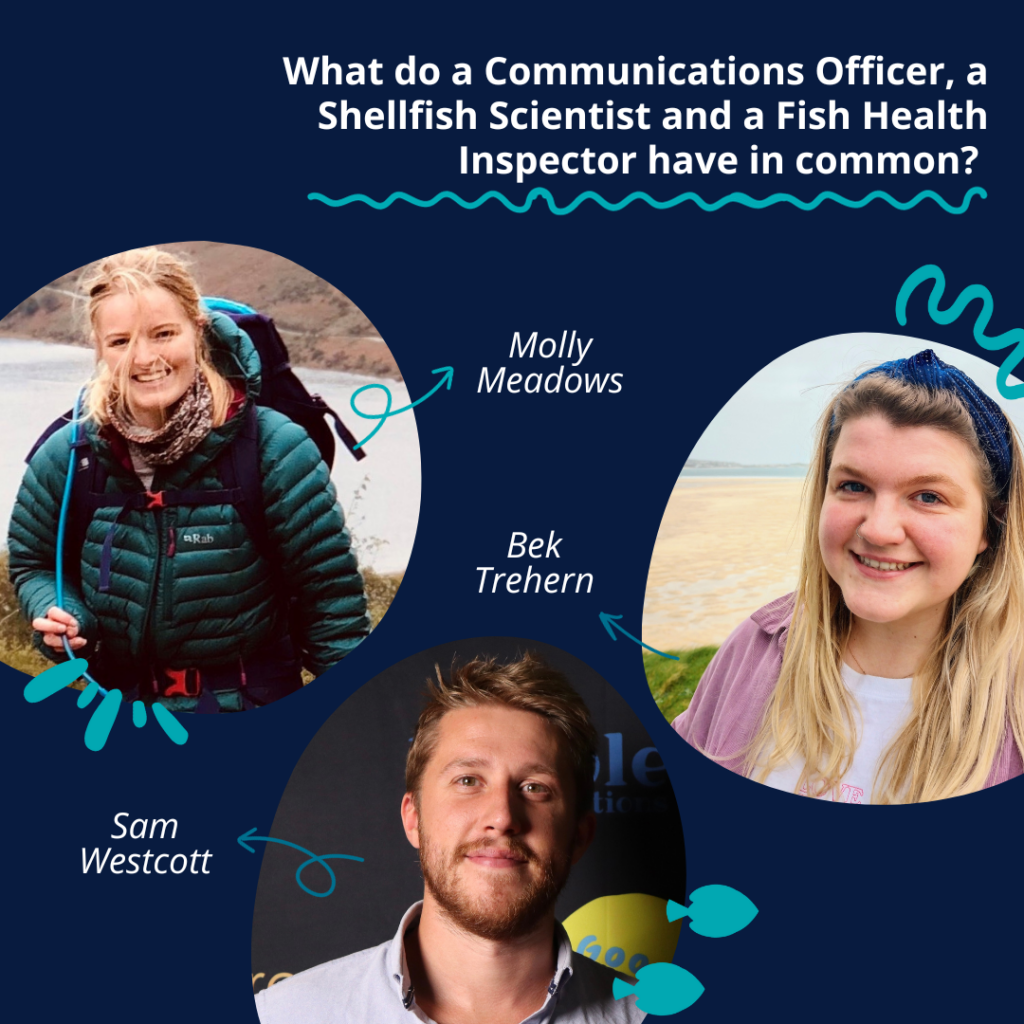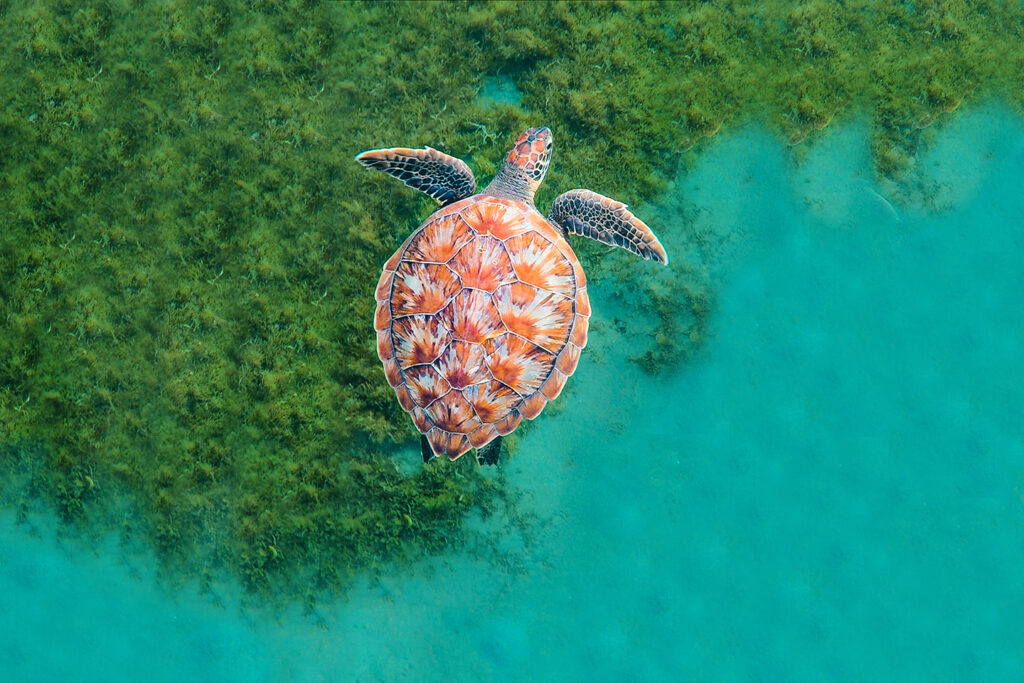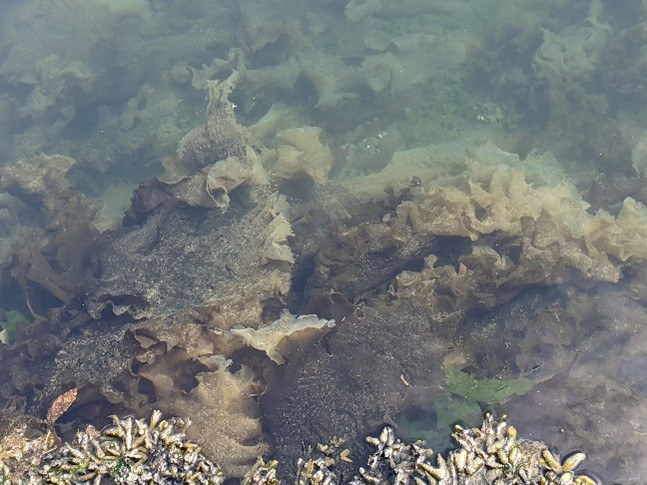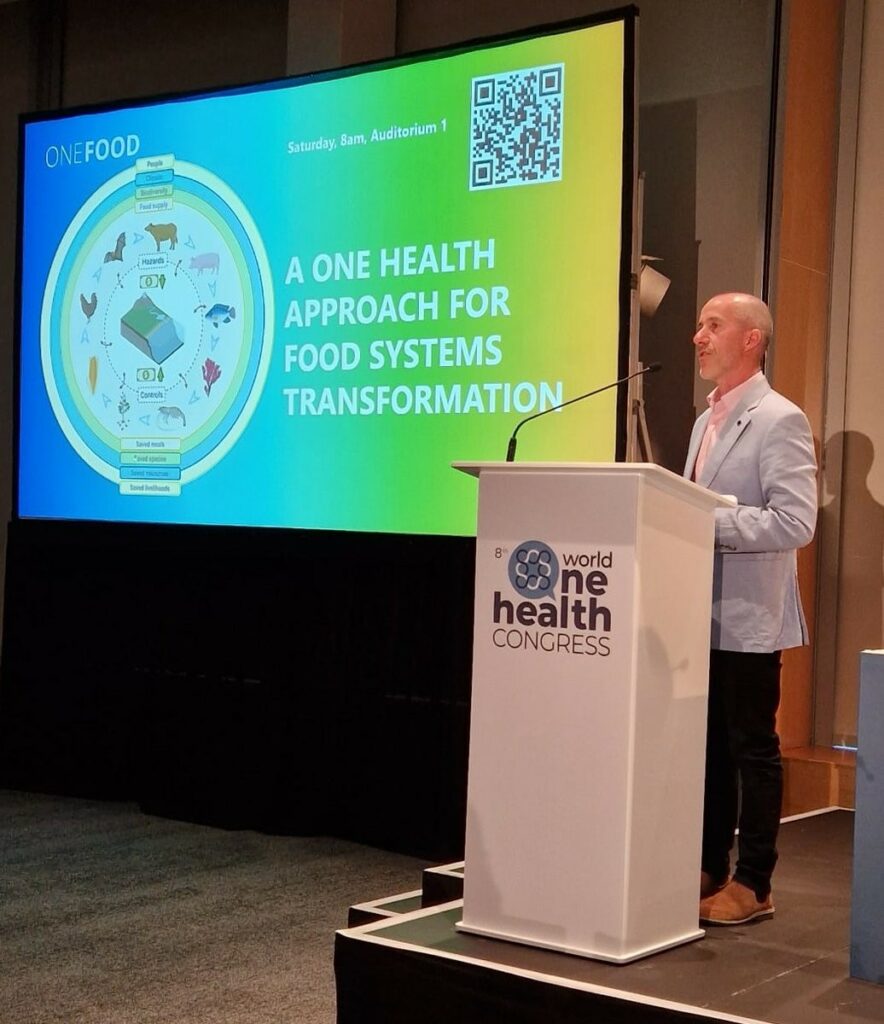Search results for el-ninos-waterborne-disease-emergence
...a long battle with Parkinson’s disease, Prof. Nishibuchi (Buchi-san) very sadly passed away leaving a huge space in the global Vp research community. In an extraordinary act of generosity, and...
...which food production relies. Globally, between 20 and 40% of food supply is destroyed by pests and disease. In recent years, Cefas colleagues have argued that One Health principles (the...
...(Fig 1). This year, due to a combination of long-term climate change and short-term climate variability due to El Niño, global sea surface temperatures (SSTs) hit record highs. Decades of...
...As opposed to more traditional bibliometrics, such as Impact Factor and citations in other journals, altmetrics provide article-level data and are based on new electronic sources of information, such as...
...and mud crab disease diagnosis, DNA/RNA extraction, and Polymerase Chain Reaction (PCR) analysis. The goal was to train participants in diagnosing crustacean diseases and identifying new pathogens, using a "train...
...Health Inspectorate aims to protect the health of fish and shellfish in the UK ensuring our ability to trade internationally. We do this through a programme of inspections, disease investigations,...
...species, filtering contaminants and nutrients to improve water quality, and creating a buffer to help protect against sea level rise, flooding, and coastal erosion. Unfortunately, like many blue carbon habitats...
...of this ‘valley’. Figure 1 – The “innovation valley of death” (https://www.ideatovalue.com/inno/nickskillicorn/2021/05/the-innovation-valley-of-death/) The seaweed aquaculture industry in the UK and Europe is novel but has been growing in the last...
...how the One Health concept can help tackle the world’s pressing challenges of food safety and security, environmental pollution, human health, climate change, antimicrobial resistance and zoonotic disease. The event...
...highlights, today’s blog shares the threats marbled crayfish pose to our ecosystems and economy. Thought to be possibly of North American origin (and a carrier of the disease, crayfish plague),...
